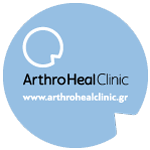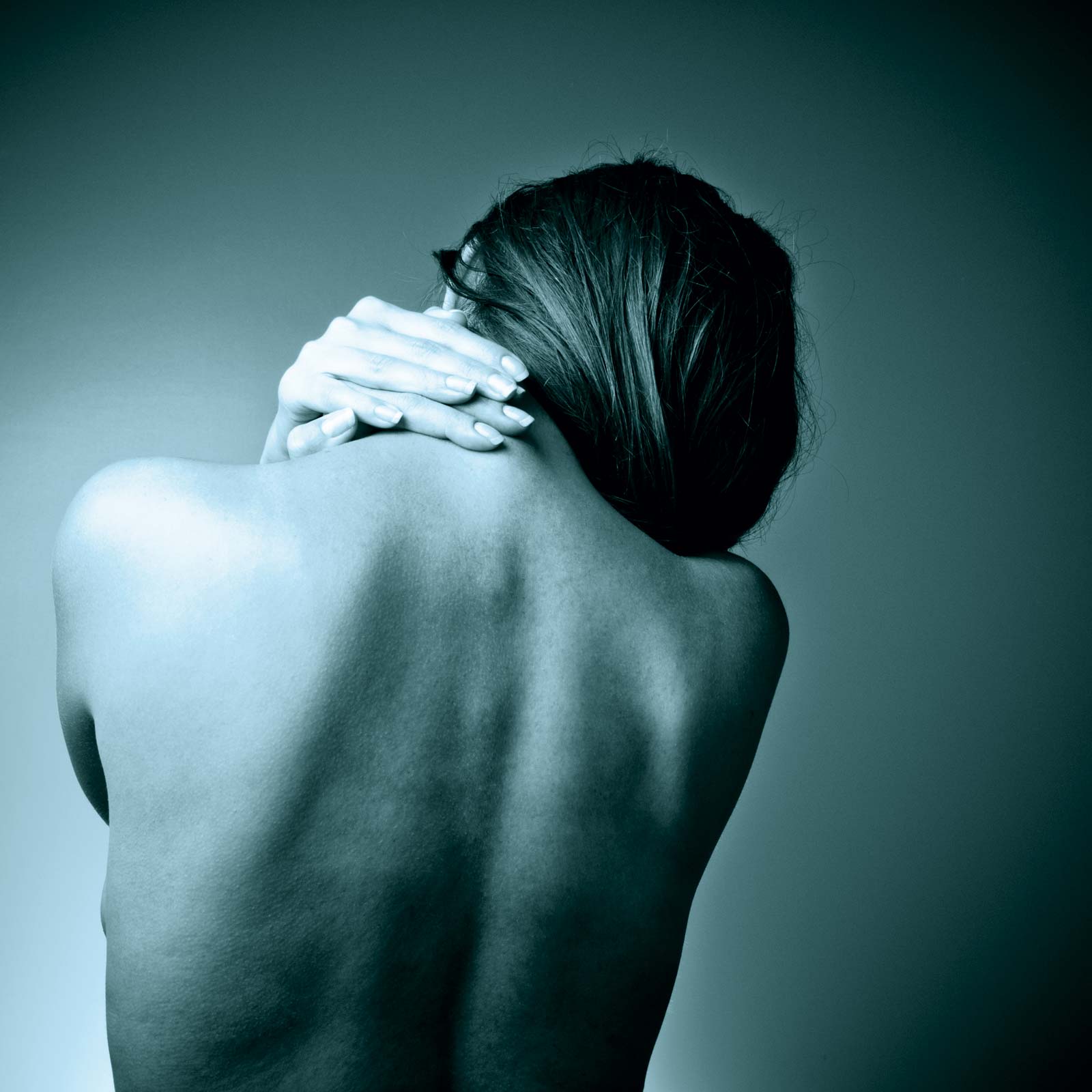De QUERVAIN SYNDROME
De Quervain’s disease is a stenosing tenosynovitis of the tendons around the base of the thumb. Athletes, hand workers and PC users, considered to be at risc. Generally persons who require forceful grasp, combine with repetitive use of the thumb in ulnar deviation are in high risk team for the disease.
Anatomy
De Quervain's tenosynovitis affects two thumb tendons the abductor pollicis longus and the extensor pollicis brevis tendons.
The extensor retinaculum covers the tendons and holds them adjacent to the radial styloid and create a fibroosseous tunnel. Repeatedly performing hand and thumb motions such as grasping, pinching, squeezing, or wringing may lead to the inflammation of tenosynovitis.
This inflammation can lead to swelling, which hampers the smooth gliding action of the tendons within the tunnel.
Arthritic diseases that affect the whole body, such as rheumatoid arthritis, can also cause tenosynovitis in the thumb. In other cases, scar tissue from an injury can make it difficult for the tendons to slide easily through the tunnel.
Symptoms
The patients typically complain of:
Pain over the base of the thumb that worsen with wrist and thumb motion.
Swelling may be seen over the thumb side of the wrist.
A "catching" or "snapping" sensation may be felt when moving the thumb.
Swelling in tenosynovitis area.
Diagnosis
Reproduction of pain with ulnar deviation of the wrist while the thumb is adducted is typical but not pathognomonic for the de Quervain’s tenosynovitis. However carpometacarpal arthritis or underlying disease can result a false positive test.
Test: A. The patient grasps the thumb
B. The wrist is ulnary deviated.
Reproduction of pain at the radial styloid is a positive test.


